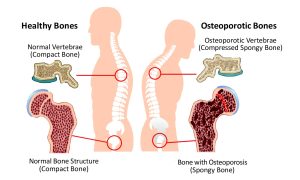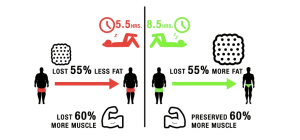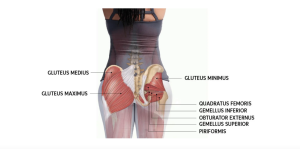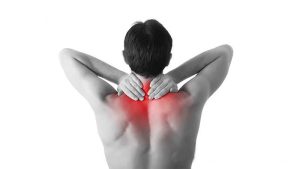Lower back pain
Approximately 25% of Australians experience lower back pain, with the majority being classified as non-specific lower back pain. The pain may be from structures in the spine or from another area in the body. It has long been known by health care professionals that there is a direct correlation between tight hamstrings and lower back pain. A group of 3 muscles in the posterior thigh make up the hamstrings. These are semimembranosus, semitendinosus, and biceps femoris. All 3 of these muscles attach to the pelvis and the cross the knee, meaning they have the ability to control both hip and knee movements.
Hamstrings
The hamstrings are a prime mover of the lower half of the body and have direct control on the pelvis. They are essential muscles that allow us to stand upright, bend forward and give us the ability to transport our body from point A to point B. The problem with short hamstrings is they begin to pull on the pelvis and limit movement at the hip joint. This decreased movement at the hip joint will lead to increased movements occurring in the lower back. When the lower back has more pressure placed on it, the joints in the surrounding area become inflamed and swollen. As a result, it can lead to back pain.
Stretching
Stretching can help to lengthen the hamstrings and allow greater movement through the hips. When the hip joints move freely, it takes the stress off the lower back and can decrease pain in that area. My favourite stretch to help lengthen my hamstrings is the lying wall stretch. It helps to lengthen the hamstrings whilst supporting the back. Lie on your back as close as possible to a wall. Your hips should be at a right angle, with your legs perpendicular to the floor against the wall and the bottoms of your feet facing the ceiling. Your arms should rest at shoulder level, the headrest on the floor.
Additionally, for a deeper stretch keep your legs straight, draw your toes and the tops of your feet towards you. Tense your thigh muscles more if you can, but don’t let your back rise off the floor. I do this stretch for 5 mins in the morning, it’s a great way to start the day. It is recommended to hold this stretch for anywhere from 1-5 mins, 2 times per day. As with all stretching, it should feel like a stretch is occurring but nothing too painful. Above all, if pain persists it is always advised to seek professional help.





